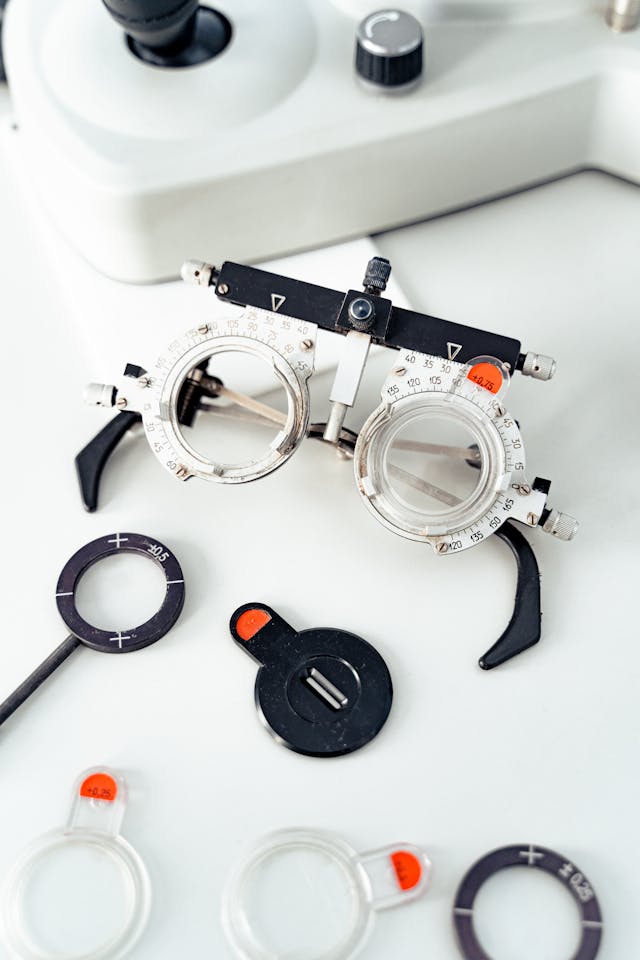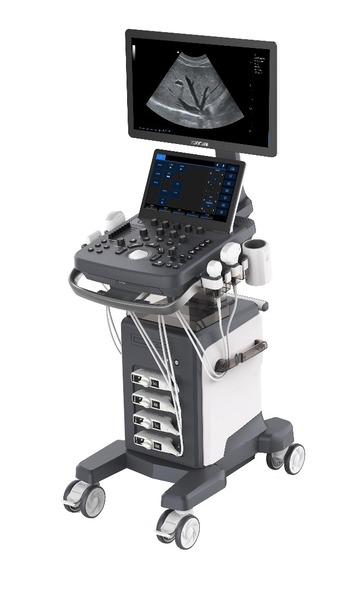Medical Equipment in the 21st Century: Innovation, Integration, and Impact
27 October 2025 / by Admin
The 21st century has ushered in an era of unprecedented innovation in healthcare. Medical equipment, once limited to basic diagnostic and treatment tools, has evolved into sophisticated, technology-driven systems that enhance patient care, streamline hospital operations, and save lives. From portable imaging machines to smart monitoring systems, modern medical equipment is shaping the way we diagnose, treat, and manage health.
The Rise of Advanced Diagnostic Equipment
Modern diagnostic tools have transformed clinical practice. Ultrasound machines, high-resolution CT scanners, and MRI systems provide unprecedented imaging precision, enabling clinicians to detect abnormalities earlier than ever before. Innovations in portable imaging devices mean that patients in rural or underserved areas no longer have to travel long distances for advanced diagnostics.
Point-of-care testing devices have also become mainstream. Handheld blood analyzers, portable ECG monitors, and rapid diagnostic kits allow medical professionals to obtain critical results instantly. This immediacy leads to faster treatment decisions and improved patient outcomes.
Integration and the Connected Healthcare Ecosystem
One of the defining features of modern medical equipment is connectivity. Many devices now communicate with electronic medical records (EMRs), hospital networks, and cloud platforms. This integration allows for real-time monitoring, remote diagnostics, and seamless data sharing across multiple healthcare providers.
Connectivity not only enhances clinical decision-making but also improves operational efficiency. Hospitals can monitor equipment usage, schedule preventive maintenance, and track patient outcomes with ease. Smart alerts reduce the risk of equipment failure and ensure that critical devices are always operational when needed.
Customization and Personalized Medical Solutions
Healthcare is no longer “one-size-fits-all,” and neither is medical equipment. Today, medical devices are increasingly customizable to meet the unique needs of patients and healthcare providers. From modular imaging systems that can be tailored for specific hospital departments to specialized transducers for precise ultrasound diagnostics, personalization is key.
Even mobile medical units, such as mobile MRI and CT trucks, demonstrate how equipment can be adapted to deliver care in diverse environments. These flexible solutions ensure that high-quality diagnostics are accessible to communities that traditional hospitals may not reach.
Patient-Centered Innovation
Modern medical equipment prioritizes patient comfort and safety. For example, imaging devices now focus on minimizing exposure to radiation without compromising image quality. Diagnostic machines are designed to reduce noise, improve ergonomics, and accommodate patients with limited mobility.
Wearable devices, such as continuous glucose monitors, heart rate monitors, and smart patches, allow patients to actively participate in their own care. Data from these devices can be shared with healthcare providers in real-time, enabling proactive interventions and personalized treatment plans.
Sustainability and Efficiency in Equipment Design
Sustainability has become a core consideration in medical equipment design. Manufacturers are creating devices that are energy-efficient, durable, and environmentally responsible. Reusable components, low-energy imaging machines, and optimized maintenance schedules reduce operational costs and environmental impact.
Efficient equipment also means reduced downtime. Hospitals can operate smoothly with minimal disruptions, ensuring that patients receive care promptly and that healthcare teams can focus on their critical work.
The Role of Technical Support and Training
High-tech equipment requires skilled operators. Continuous training and support are essential to maximize the potential of modern devices. Clinical engineers, technical support teams, and service providers work hand-in-hand with healthcare facilities to ensure equipment is maintained, updated, and operating at peak performance.
Ongoing support extends beyond technical repairs. Providers offer training programs, software updates, and troubleshooting guidance, empowering staff to utilize devices confidently and effectively. This combination of technology and expertise minimizes downtime and maximizes patient safety.
Emerging Trends and the Future of Medical Equipment
As we progress further into the 21st century, several trends are shaping the future of medical equipment:
Artificial Intelligence (AI): AI-powered imaging systems and diagnostic tools are enhancing accuracy and enabling predictive analytics. Machines can detect subtle patterns in scans, identify early signs of disease, and support clinical decision-making.
Robotics: Robotic-assisted surgeries and automation in laboratories are improving precision and efficiency while reducing human error.
Telemedicine Integration: Remote monitoring devices and connected diagnostic tools allow patients to receive high-quality care without visiting a hospital, expanding access and convenience.
Smart Analytics: Data-driven insights from connected equipment enable hospitals to optimize workflows, predict maintenance needs, and monitor population health trends.
Conclusion
In the 21st century, medical equipment is no longer just a tool—it is an integral part of the healthcare ecosystem. From advanced diagnostics to patient-centered innovations, modern devices enhance care, improve operational efficiency, and save lives.
Investing in high-quality, well-supported, and adaptable medical equipment ensures that healthcare providers can meet today’s demands while preparing for future innovations. As technology continues to evolve, hospitals, clinics, and communities that embrace these advancements will be better equipped to deliver efficient, safe, and compassionate care.
In an age defined by connectivity, precision, and personalization, medical equipment is the lifeline that drives modern healthcare forward.
Advancing Diagnostic Accuracy With Modern Ultrasound Technology
2025/12/11


2 Comments
Brian 2025/11/15
Hello
Deletetechnical1@msquaredmedical.co.za 2025/10/30
fyrur6